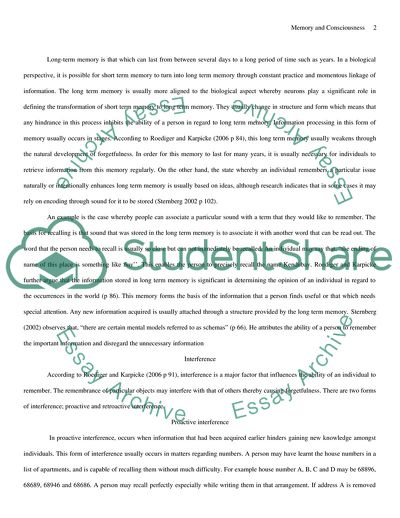Types of Memory Case Study Example | Topics and Well Written Essays - 2000 words - 15. https://studentshare.org/psychology/1725479-psychology
Types of Memory Case Study Example | Topics and Well Written Essays - 2000 Words - 15. https://studentshare.org/psychology/1725479-psychology.


